Dirac noted that the action was an important principle in classical mechanics but did not have any importance quantum mechanics.
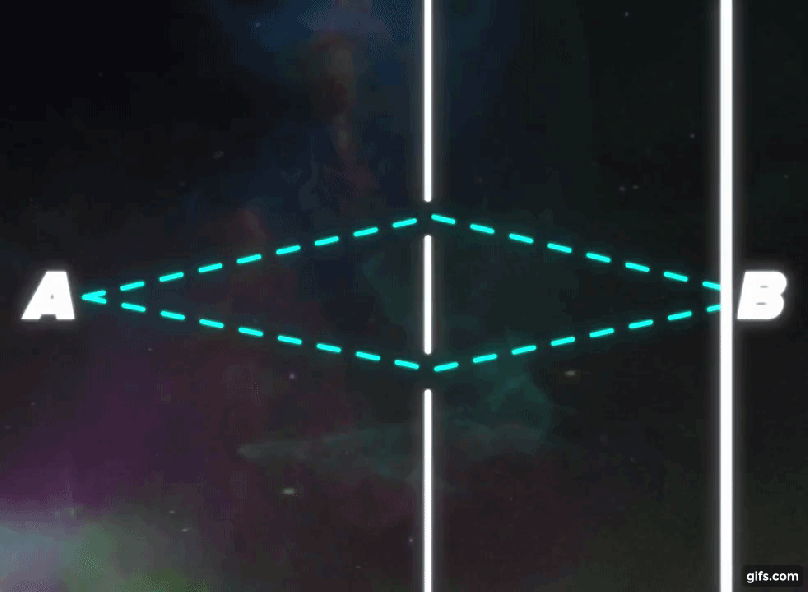
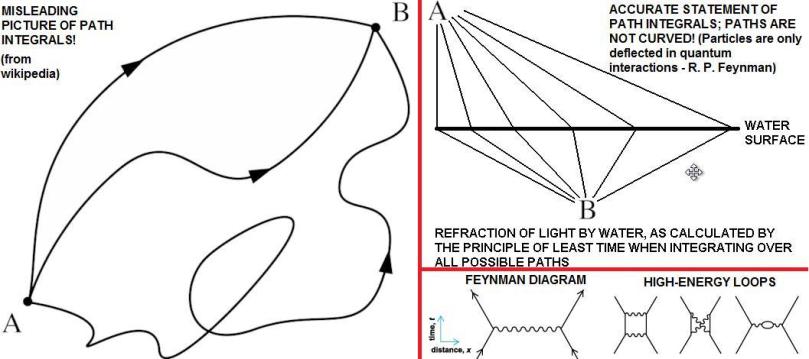


Dirac noted that the action was an important principle in classical mechanics but did not have any importance quantum mechanics.




Helgoland …
This ties in nicely with the other posts about the bohr atom.

So Heisenberg almost failed his doctorate because he couldn’t answer the questions about experimental physics (how to resolve an interferometer). He got the lowest grade. The funny thing is he eventually got famous by his biggest discovery that you can’t resolve anything to an extreme degree (the uncertainty relations). Here is the full story of a different site;
The Sad Story of Heisenberg’s Doctoral Oral Exam
In May 1923 Werner Heisenberg returned to Munich from Gottingen, where he had been a visiting student, to finish out his last semester while writing his doctoral dissertation. Knowing Heisenberg’s reputation for controversial solutions to problems in quantum theory, his Munich mentor, Arnold Sommerfeld, suggested that he write his dissertation in the more traditional field of hydrodynamics.
Heisenberg also had to take the four-hour laboratory course in experimental physics offered by Prof. Willy Wien. Wien insisted that any physicist, including Sommerfeld’s brilliant theorists, must be fully prepared in experimental physics. Wien and Sommerfeld both sat on the candidate’s final oral exam and both had to agree on a single grade in physics.
While Heisenberg struggled through Wien’s lab course (much to Wien’s displeasure at the results), Heisenberg prepared his dissertation. He submitted his dissertation, a 59-page calculation titled “On the Stability and Turbulence of Liquid Currents,” to the Munich faculty on July 10, 1923. The topic arose from an earlier research contract Sommerfeld had received from a company channeling the Isar River through Munich. The problem was to determine the precise transition of a smoothly flowing liquid (laminar flow) to turbulent flow. It was an extremely difficult mathematical problem; in fact, it was so difficult that Heisenberg offered only an approximate solution. “I would not have proposed a topic of this difficulty as a dissertation to any of my other pupils,” wrote Sommerfeld. The faculty accepted the thesis and Wien accepted it for publication in the physics journal he edited, but when the mathematician Fritz Noether raised objections in 1926, the results remained in doubt for nearly a quarter century until they were finally confirmed.
Acceptance of the dissertation brought admission of the candidate to the final orals, where in this case trouble began. The examining committee consisted of Sommerfeld and Wien, along with representatives in Heisenberg’s two minor subjects, mathematics and astronomy. Much was at stake, for the only grades a candidate received were those based on the dissertation and final oral: one grade for each subject and one for overall performance. The grades ranged from I (equivalent to an A) to V (an F).
As the 21-year-old Heisenberg appeared before the four professors on July 23, 1923, he easily handled Sommerfeld’s questions and those in mathematics, but he began to stumble on astronomy and fell flat on his face on experimental physics. In his laboratory work Heisenberg had to use a Fabry-Perot interferometer, a device for observing the interference of light waves, on which Wien had lectured extensively. But Heisenberg had no idea how to derive the resolving power of the interferometer nor, to Wien’s surprise, could he derive the resolving power of such common instruments as the telescope and the microscope. When an angry Wien asked how a storage battery works, the candidate was still lost. Wien saw no reason to pass the young man, no matter how brilliant he was in other fields.
An argument broke out between Sommerfeld and Wien over the relative importance of theory and experiment. The result was that Heisenberg received the lowest of three passing grades in physics and the same overall grade (cum laude) for his doctorate, both of which were an average between Sommerfeld’s highest grade and Wien’s lowest grade.
Sommerfeld was shocked. Heisenberg was mortified. Accustomed to being always at the top of his class, Heisenberg found it hard to accept the lowest of three passing grades for his doctorate. Sommerfeld held a small party at his home later that evening for the new Dr. Heisenberg, but Heisenberg excused himself early, packed his bag, and took the midnight train to Gottingen, showing up in Max Born’s office the next morning. Born had already hired Heisenberg as his teaching assistant for the coming school year. After informing Born of the debacle of his orals, Heisenberg asked sheepishly, “I wonder if you still want to have me.”
Born did not answer until he had gone over the questions Heisenberg had missed. Convincing himself that the questions were “rather tricky,” Born let his employment offer stand. But that fall Heisenberg’s worried father wrote to the famed Gottingen experimentalist James Franck, asking Franck to teach his boy some experimental physics. Franck did his best, but could not overcome Heisenberg’s complete lack of interest and gave up the effort. If Heisenberg was going to survive at all in physics it would be purely as a theorist.
There is an interesting epilogue to this story. When Heisenberg derived the uncertainty relations several years later, he used the resolving power of the microscope to derive the uncertainty relations-and he still had difficulty with it! And again, when Bohr pointed out the error, it led to emotional difficulties for Heisenberg. Likewise, this time a positive result came of the affair: Heisenberg’s reaction induced Bohr to formulate his own views on the subject, which ultimately led to the so-called Copenhagen Interpretation of quantum mechanics.
https://www.aps.org/publications/apsnews/199801/heisenberg.cfm

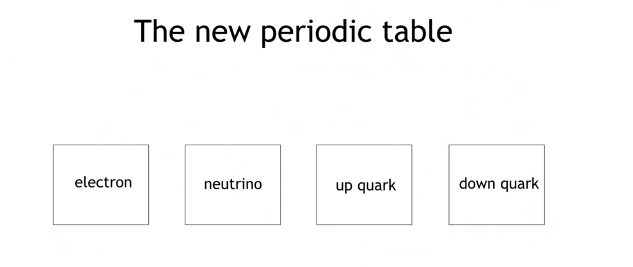
But actually for some reason we have a lot more of those … that are of no use and are very unstable
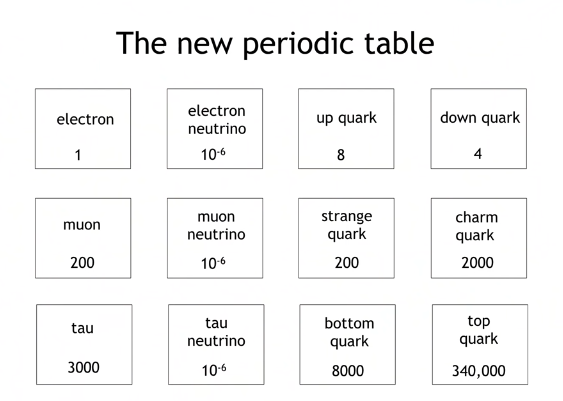
Maybe it goes on further, but these particles are so unstable that we can’t detect them? Maybe they are the reason of dark matter/energy? Probably not because we probably indirectly can detect them.
It seems almost like e.g. the electron, muon and tau are like an orbital n=1 n=2 and n=3, and all the other particles have other different quantum numbers.
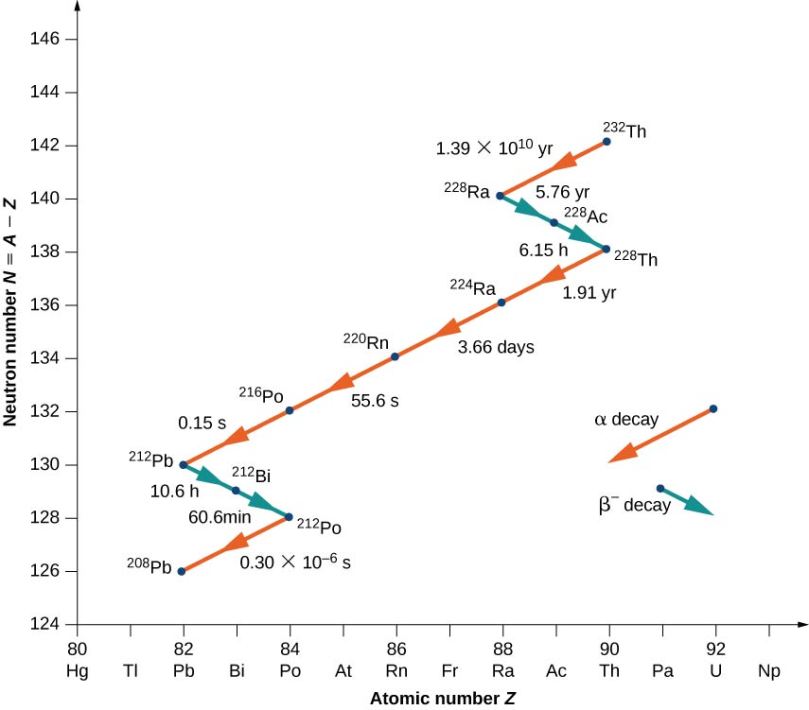
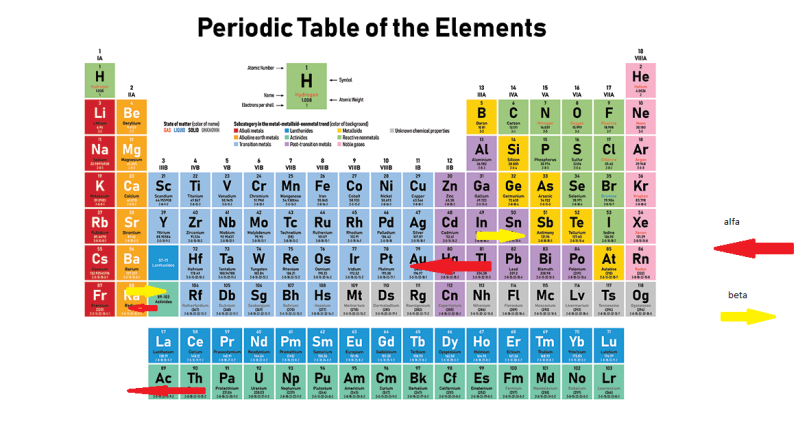

So LASER stands for Light Amplification by Stimulated Emission of Radiation. It was another discovery of Einstein. A precursor was the MASER. (which the M stands for ‘microwave’.)
A laser is a beam of coherent light with the same wavelength, same polarization and the same direction. This is very useful in multitude of things.

An orbital of an atom can have different excited states, which when it reduces to a lower excited state will release a photon.
If an orbital is in excited state E2 and drops to E1, it will release a photon with the energy difference of those orbitals E2-E1.
If you shine on an atom which is excited with photons that have the exact same energy as the energy that it would release to drop from E2 to E1, the orbital is very likely to do that and sends out a photon with the first photon in the same direction and same polarization. This is because photons are ‘bosons’ which really want to be in the same state of each other. The orbital will not absorb the incoming photon and jump even higher to E3, because it will not be possible to do that (because E3-E2 is never equal to E2-E1) so it can’t do that. This is called Stimulated Emission
You start with one photon and then two > four > eight etcetera, it grows exponentially. Usually the laser has two mirrors two increase the occurences and then lets the beam out.

The property of the original photon is ‘copied’.


You need to have at least two glasses. Remove the ‘glass’ (which are polarizers) out of the ‘glasses’. Now put 2 of them on top of each other, with one rotated exactly perpendicular (90 degrees) to the other. You will see no light will come through. Now put a second polarizer/filter between the two filters, but rotated at 45 degrees. You will now see that some light comes through (approx. 50% of original light). So by putting another filter between the filter, more light comes through. Interesting huh?
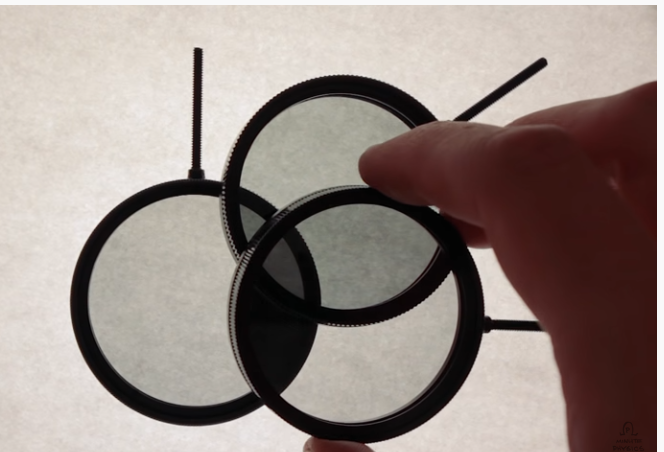
Interesting video about this: https://www.youtube.com/watch?v=zcqZHYo7ONs
If you excite an atom (heat an amount of salt, i.e. Natrium) it will only emit light at certain frequencies.

This puzzled a lot of physicist at around 1900 and was one of the first clues of how the atom works.

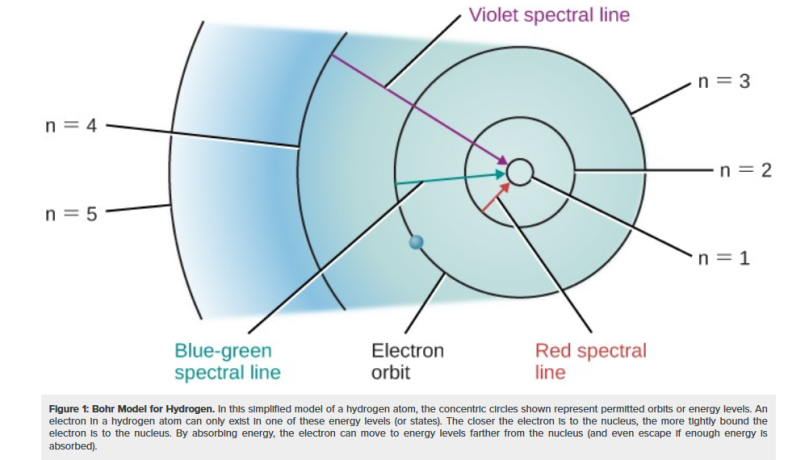
Analogy to guitar string:
If you pluck a guitar string you get the following frequency distribution. An example
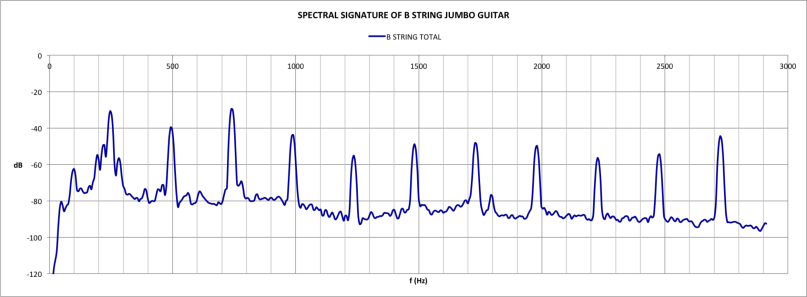
As you can see there are also ‘spectral lines’. These correspond to the harmonics of the fundamental frequency, i.e. multiples of the standing wave.

The similarity with the atom is like so:
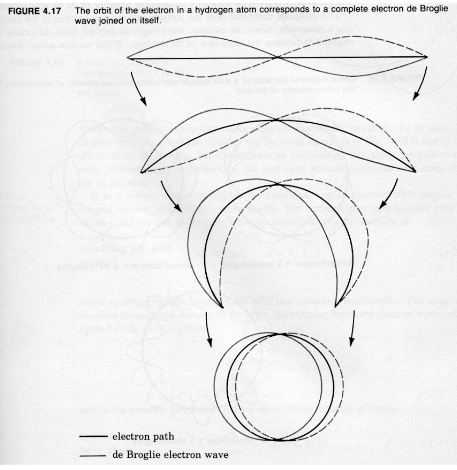
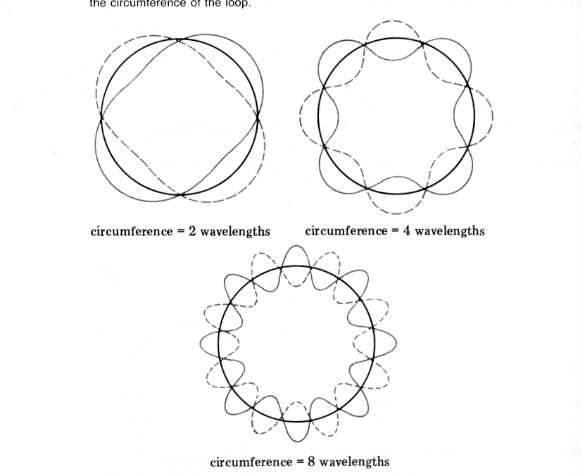
Blackbody problem
I was first wondering if you could simulate an acoustic body by plucking a guitar string. This is not the case. However, just as Planck solved the blackbody problem with suggesting that in the blackbody there are oscillators only allowed to oscilate at certain frequencies you can model an acoustic blackbody theoretically. If you have 100 strings of different lengths and pluck them all they should create something like a blackbody distribution. An example is pressing all the keys on a piano. What would the frequency distribution be?
